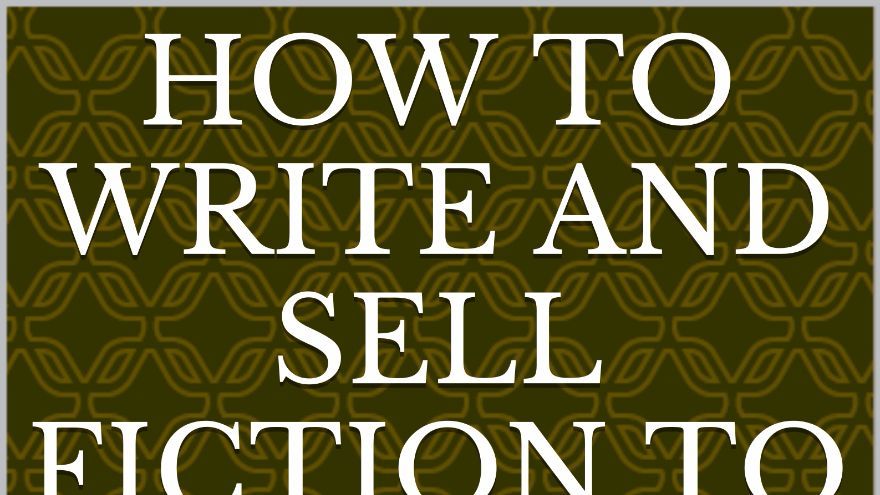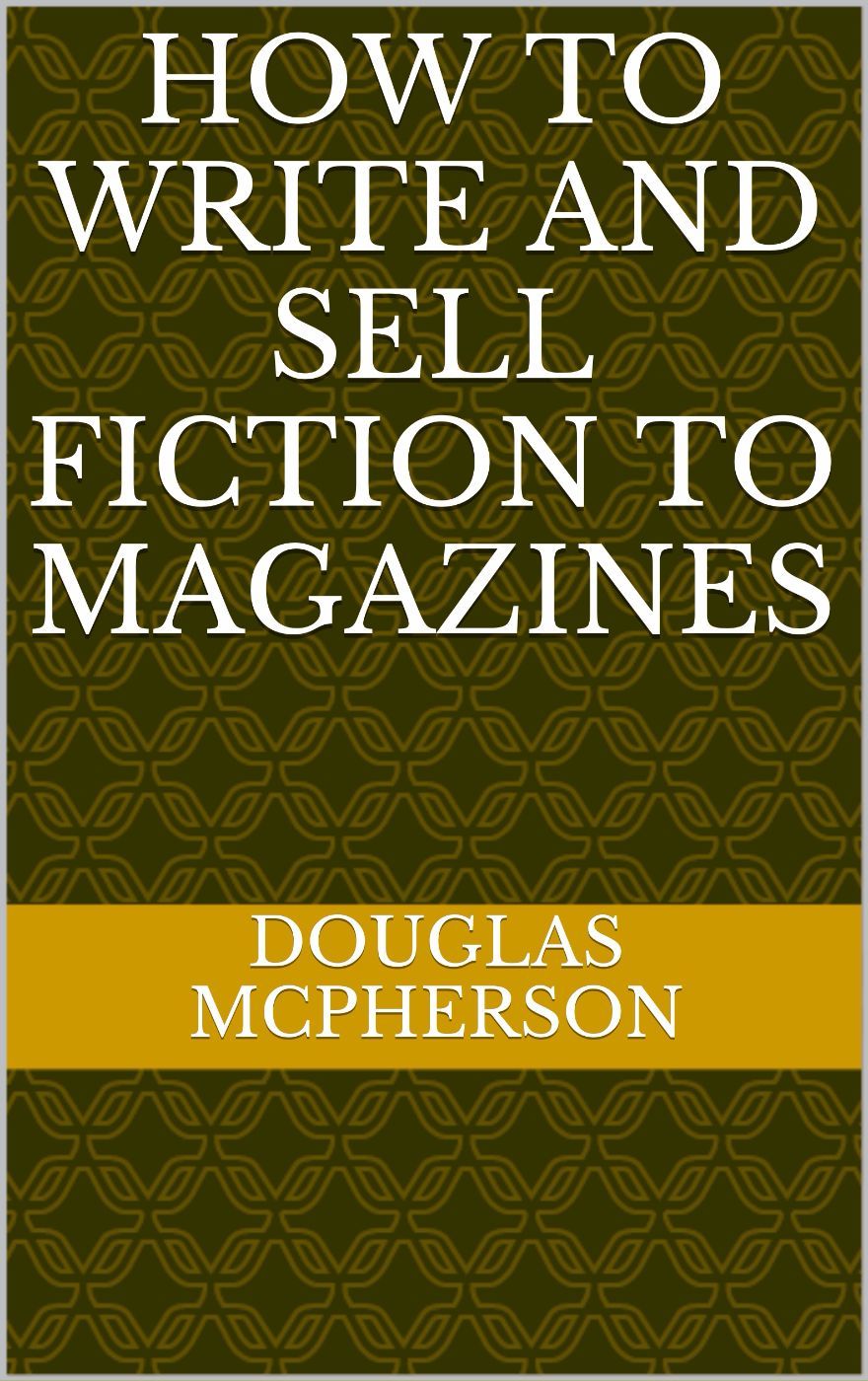Fiction Stories For Magazines – Writing Tips

6 Tips for the Perfect Short Story!
by Douglas McPherson
Have you ever fancied writing a story? One of our regular writers, Douglas McPherson, better known to our readers as Julia Douglas, shares some of the tips from his new book, How To Write And Sell Fiction To Magazines.
1 Write about the things you love
This is what will give your story its unique selling point. We all have subjects we’re passionate about and, above all, know more about than the next writer, whether its a particular job, a hobby, or a country that you’ve visited or lived in. Use that subject as your setting and not only will your story stand out as something fresh and different, but your enthusiasm for the subject will shine through in your writing.
2 Introduce your heroine in the first line
Just as a baby duck will identify the first creature it sees as its mother and start to follow her around, readers want to be clear from the beginning who the story is about. Give her a memorable name, suitable for her age and setting, that conveys a sense of her character. Stick to her viewpoint throughout the story. But don’t stay in her head – express her thoughts through dialogue as much as possible. ‘She said’ makes livelier reading than ‘she thought.’
3 Give her a goal
A character striving to achieve a goal or overcome a problem is the engine of any story. It has to be something she desperately wants, so we can root for her, want to read on to see if she’s successful, and share her satisfaction when she is. The goal should be established at the very beginning and achieved in the final lines for maximum impact. The goal should not be achieved too easily, and it’s useful to have an apparent disaster shortly before the resolution, to keep us on the edge of our seats. Vitally, the heroine must achieve success through her own efforts. Having the day saved by outside intervention or a stroke of luck is never satisfying.
4 Stay focused
Short stories aren’t just short in length, they usually focus on a short period of time – a moment of change. Get quickly into the story and avoid straying into extraneous subplots or themes. Keep the cast of characters to a bare minimum. In most shorts there’s only room for two or three. Stick to one location, or at least one environment. Be sure you know the theme of your story and keep it front and centre.
5 Be upbeat!
People don’t turn to their favourite weekly magazine to be depressed, shocked or upset – they want to have their day brightened. That doesn’t mean you can’t tackle serious issues, but you need to approach them with a light touch and aim for an ending that makes the world feel like a better place. Go for the feel good factor.
6 Edit and edit again
In a story of a couple of thousand words or less, every word has to count. Once you’ve told your story, cut and polish your manuscript to within an inch of its life. Trim description to a few telling sentences. Work on dialogue to make it snappier. Replace vague or over-used words with stronger ones. Put your finished work aside for a few days, then go back to it with fresh eyes and start polishing it all over again. Make sure you have a grabby opening – and make the last line a stinger!
How To Write And Sell Fiction To Magazines takes a unique ‘show don’t tell’ approach to selling short stories to the magazine market. Instead of telling you how to write, Douglas McPherson shows you how he wrote a dozen stories published in some of the UK’s best known and biggest-selling magazines.
Each chapter follows the step-by-step process of how the stories were conceived, developed, written and often re-written. The genres include romance, sci-fi, ghost stories, historical and twist in the tail, and each story is reproduced alongside the chapter that describes its creation, so you can see the finished product as well as how it was written.
The stories were chosen to demonstrate different aspects of the writing process from creating characters to coming up with titles that are sure-fire sellers. So as the book unfolds you’ll get a candid insight into the tricks of the trade, including:
- The foolproof formula for a romantic story.
- How to write convincingly about countries you’ve never visited.
- How to reuse old plots.
- How to rewrite a story to meet an editor’s requests and cut the length to suit the market.
- How to overcome rejection and sell initially rejected stories.
How To Write and Sell Fiction to Magazines by Douglas McPherson can be downloaded from the Kindle Store for just £2.28.
Read My Weekly Stories





